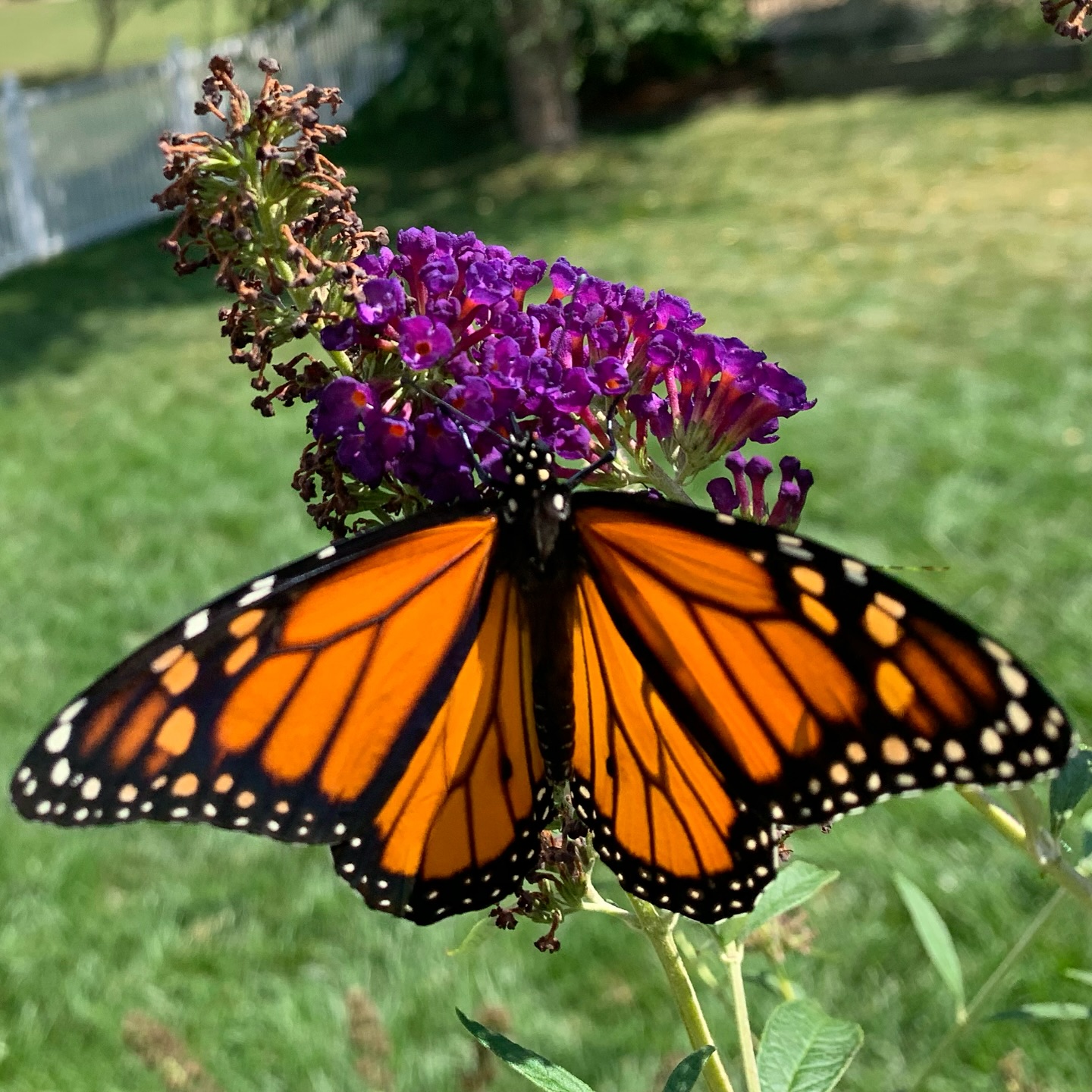- Explore the life cycle of the Monarch butterfly and its migratory journey.
- Understand the significance of Cape Ann and Mexico’s volcanic mountains in the Monarch’s life.
- Discuss conservation efforts and challenges faced by Monarch butterflies.
- Highlight the role of documentaries in raising awareness about wildlife conservation.
- Analyze the collaboration between filmmakers, scientists, and conservationists.
The documentary "Beauty on the Wing: Life Story of the Monarch Butterfly," crafted by Kim Smith, offers a vivid exploration of one of nature’s most intriguing insects. Premiering on June 8 at 10 a.m., the film takes viewers through the extraordinary odyssey of the Monarch butterfly, set against the picturesque backdrops of Cape Ann and Mexico’s lush mountains.
The Monarch’s lifecycle is a masterclass in transformation and endurance. From egg to larva, into a vibrant pupa, and finally emerging as a butterfly, the Monarch’s journey captures the imagination of both scientists and laypeople. The adult butterfly’s striking orange and black wings are not just a visual delight; they serve critical biological functions, including mating signals and predator deterrence. Monarchs undergo a multi-generational migration, a phenomenon where no single butterfly makes the entire journey. The species migrates from breeding grounds in Canada and the United States to wintering sites in Mexico. This epic movement spans thousands of miles and involves environmental cues like temperature and daylight, guiding their route.
Cape Ann plays a pivotal role in this migratory saga. As a stopover point, it offers food and rest vital for the butterflies’ survival. Here, the Monarchs refuel on nectar-rich flowers, gathering strength for the journey ahead. The region’s conservation efforts focus on sustaining these essential habitats. Preserving milkweed and nectar plants is crucial, as they provide both breeding grounds and food sources. Community programs and local initiatives aim to protect these vital ecosystems.
In Mexico, Monarchs find sanctuary in forested volcanic mountains. The region’s oyamel fir forests offer a perfect microclimate, providing shelter from harsh winter conditions. Unfortunately, deforestation poses a significant threat to these overwintering sites. Logging activities, both legal and illegal, have depleted forest cover, disrupting the Monarchs’ delicate balance of hibernation. Conservation organizations, along with governmental support, are actively involved in reforestation projects and in promoting sustainable practices to prevent further habitat loss.
Documentaries like "Beauty on the Wing" play an essential role in wildlife conservation. They serve as a bridge between scientific research and public awareness, bringing complex ecological issues to a broader audience. By presenting the Monarch’s journey visually, the documentary fosters empathy and understanding. Such films can inspire action, encouraging viewers to participate in conservation initiatives. They underscore the importance of individual actions, from planting milkweed to supporting local conservation efforts.
Filmmakers, scientists, and conservationists often collaborate to create such impactful narratives. Filmmakers bring the visual storytelling expertise, while scientists provide the necessary research and data. Conservationists offer insights into fieldwork and ongoing initiatives. These collaborations ensure that the content is not only engaging but also factually accurate and effective in driving conservation goals.
The challenges faced by the Monarch butterfly are emblematic of broader environmental issues. Climate change, habitat destruction, and pollution all play a part in threatening this species. Rising temperatures can alter migratory patterns and affect food availability, while pesticide use in agriculture reduces the availability of milkweed, which is crucial for the Monarch’s lifecycle. Addressing these challenges requires a multifaceted approach involving policy changes, community engagement, and international cooperation.
To build a sustainable future for Monarchs, conservationists emphasize the importance of habitat preservation and restoration. Establishing Monarch waystations, protected areas along migratory routes where butterflies can stop to breed and feed, is a popular initiative. Educational programs aimed at schools and communities are also vital. These involve teaching about the importance of biodiversity and how individual actions can contribute to conservation efforts.
The documentary screening is not merely an academic exercise. It is an invitation for the community to engage deeply with the natural world. By viewing the documentary, audiences can gain a deeper appreciation for the Monarch butterfly’s incredible journey and the complex web of life that supports it. This awareness has the potential to foster a commitment to environmental stewardship and to support biodiversity on a personal and community level.
In bringing attention to the Monarch butterfly through "Beauty on the Wing," Kim Smith has crafted more than a documentary. It’s a call to action—one that emphasizes our shared responsibility in ensuring the survival of this remarkable species. Engaging in local conservation efforts, supporting policy changes, and educating others are tangible ways to contribute. The Monarch’s story is not just about survival; it’s about the symbiotic relationship between species, ecosystems, and humanity.
Ultimately, this documentary serves as a powerful tool to connect us with nature, prompting reflection on how human activity impacts the world around us. It shines a light on both challenges and solutions, offering hope and inspiring collective action. As viewers immerse themselves in the beauty and resilience of the Monarch, the film underscores the importance of working together for a sustainable future. Joining the screening on June 8th promises an opportunity to be part of this essential conversation and movement.
*****
Source Description
We will be showing the full 56-minute narrated documentary, Beauty on the Wing: Life Story of the Monarch Butterfly, on Sunday, June 8 at 10 a.m.
This film by Kim Smith takes place along the shores of Cape Ann and in the heart of Mexico’s forested volcanic mountains.
We hope you can join us! 🎥 🦋 🌼
📸: Jennifer Mullix


